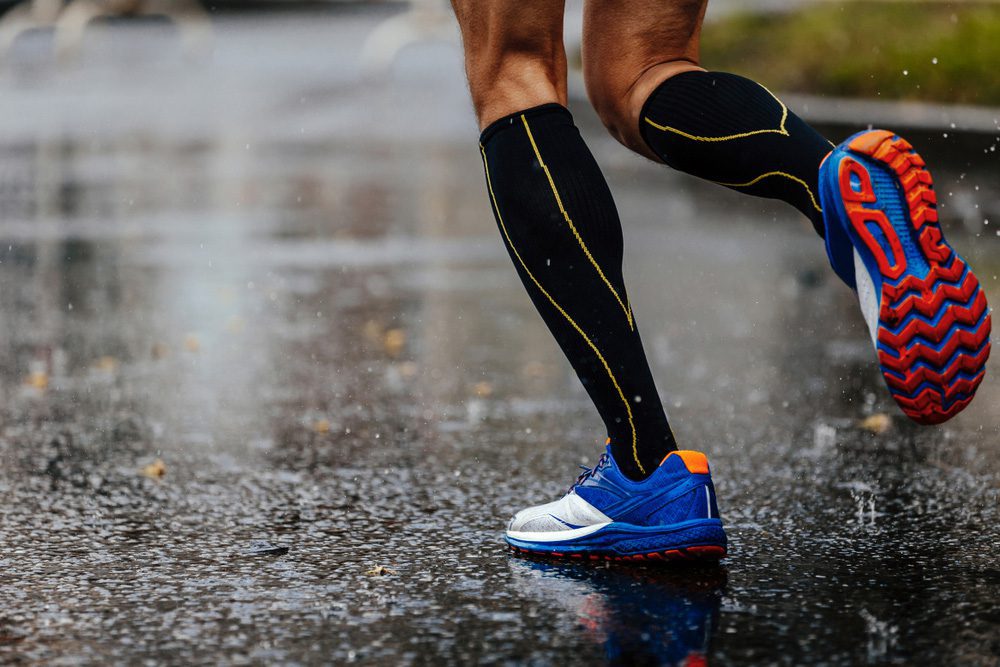Don’t forget to bring your compression socks if you’re intending to take a quick trip to a distant land soon. These lightweight socks that go over the calf help prevent fluid buildup, swelling, and even deep vein thrombosis (DVT)،Long-distance flights require a lot of sitting, and there isn’t much room for your feet. You can stay safe and comfortable with a pair of compression socks and a few simple leg exercises to increase circulation.
What Are Compression Socks?
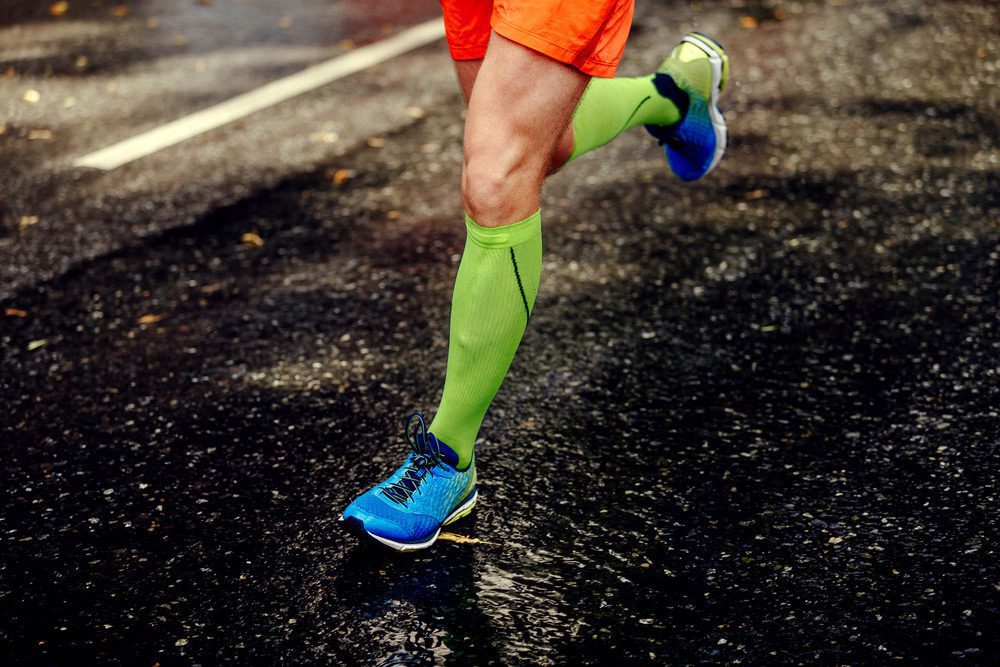
Compression socks are special socks or stockings that make it less likely that you will get painful swelling or fluid retention when you fly. They also make it much less likely that you will get a DVT.
Why would I need compression socks?
Nobody wants to arrive at their destination with swollen feet or a case of DVT; therefore, you need compression socks.
A deep vein blood clot, or DVT, forms in the body and often occurs in the lower leg. It’s a painful condition that, if left untreated, could cause serious problems with your blood flow and require medical help.
DVT may, in rare instances, lead to a pulmonary embolism, in which a blood clot reaches your lung and requires emergency medical care.
Compression socks help improve blood flow in your legs, lower the risk of deep vein thrombosis (DVT), and stop your legs from holding on to fluid. They’re especially helpful on long-haul flights, when sitting still for long periods of time can make your legs swell and cause blood clots.
Bottom Line:
Many people who fly choose to wear compression socks to lower their risk of DVT and keep less fluid in their bodies.
What Compression Socks Can Do for You
Compression socks can help both frequent flyers and people who have never been on a plane before. These things are:
Promote circulation: Flight attendants and pilots swear by them, and so should you. Even when you’re sitting motionless for a long time, compression socks may assist the blood flow from your feet back to your heart, fostering healthy circulation.
Lessen pain and discomfort: Compression socks can also keep your legs from feeling tired and sore. Some studies show that they also stop spider veins and varicose veins from getting worse.
Reduce odors and sweat: One unexpectedly nice thing about wearing compression socks on a long flight is that they wick away sweat and have anti-microbial and odor-reducing properties.
Add More Comfort: Compression socks aren’t just made for people who fly; they also have many uses on the ground. You can wear them to help ease pain and discomfort when you run, hike, sightsee, or even just walk around your chosen destination.
Bottom Line:
Since travel compression socks are good for your health, hygiene, and comfort, there’s really no reason not to buy a pair.
How do these socks work?
Our veins have to work against gravity to get blood from our extremities back to our hearts. This process can be slowed down by not moving around. When this happens, blood can pool in the veins of the lower legs and feet, causing aches and swelling.
By squeezing the leg tissues and vein walls, compression stockings can help the blood in the veins go back to the heart and improve the flow of fluid, which can help reduce swelling in the tissues.
How to Choose Travel Compression Socks
Material
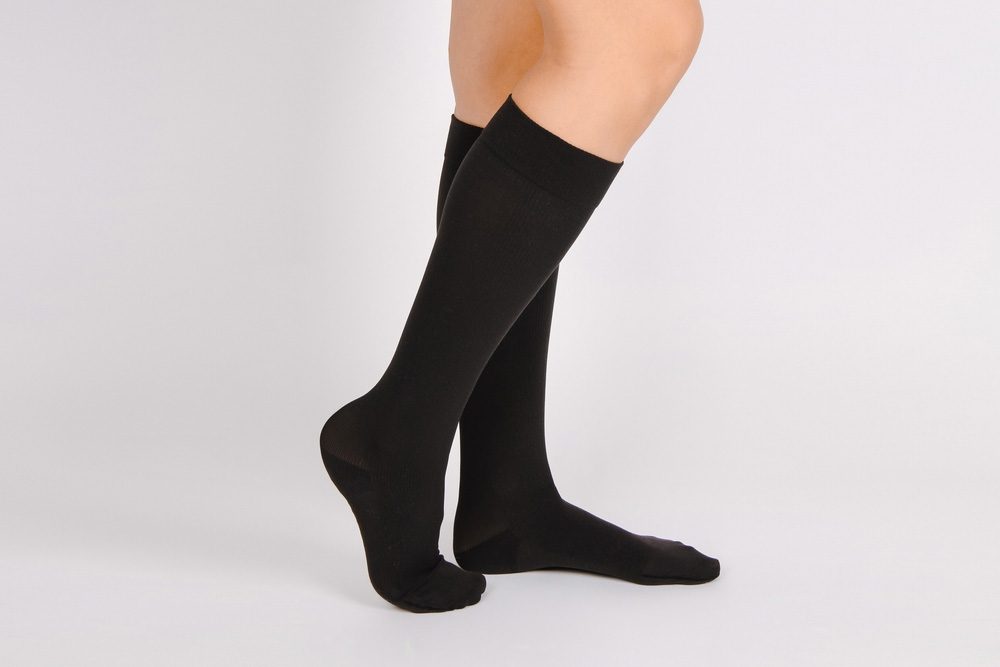
Stretchable compression socks are made with enough strength to provide the pressure required to help with blood flow. A lot of them are made of Lycra, nylon, or polyester.
For odor control and moisture wicking, several designs use extra technologies.
Pressure Rating
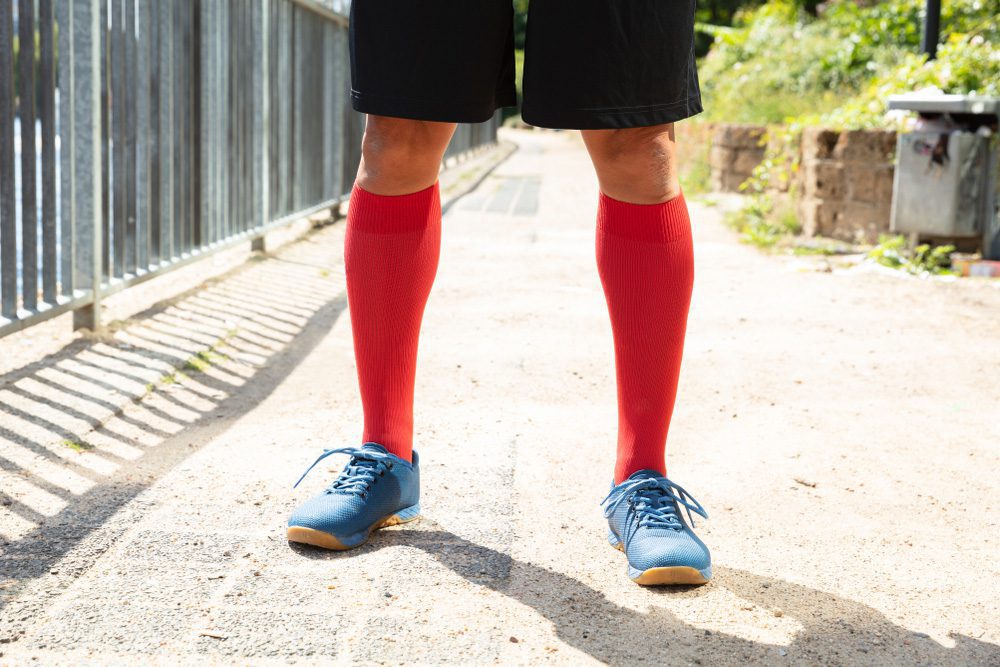 There are different levels of pressure or tightness in compression socks and stockings. These are measured in millimeters of mercury (mmHg) and show how much pressure they will put on your legs.
There are different levels of pressure or tightness in compression socks and stockings. These are measured in millimeters of mercury (mmHg) and show how much pressure they will put on your legs.
They are ranked:
Light: 10-15 mmHg
Mild: 15-20 mmHg
Moderate: 20-30 mmHg
Firm: 30-40 mmHg
Moderate compression (over 20 mmHg) is used for varicose veins, edema, and preventing blood clots after surgery. Light compression (under 15 mmHg) is for healthy people who stand all day. Mild compression (15-20 mmHg) is the starting point that prevents DVT in airline passengers. Firm pressure (30-40 mmHg) is usually used for long-term health problems, after surgery, or when a doctor tells you to.
Bottom Line:
For travel, the minimum pressure rating would need to be between 15-20 mmHg. If a passenger is more likely to get a DVT, you may want to choose a higher rating. In either case, it’s best to talk to a doctor about your specific needs.
Graduated Compression
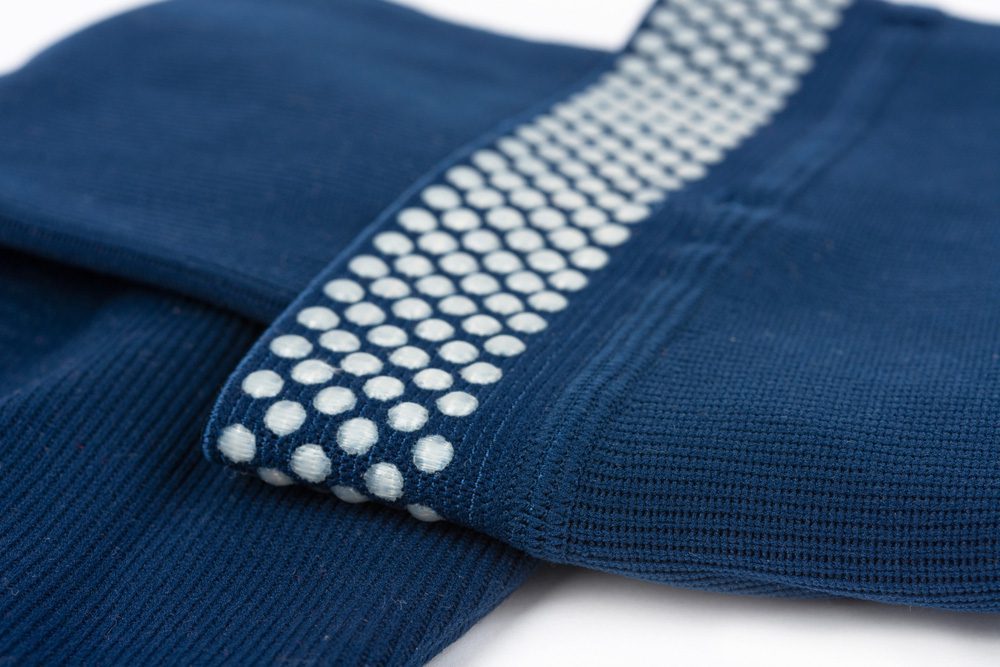 While some compression socks deliver uniform compression to your feet and legs, others provide graded compression to boost performance.
While some compression socks deliver uniform compression to your feet and legs, others provide graded compression to boost performance.
With graduated compression socks, swelling is less likely to occur since the pressure is applied more intensely at the ankle and lessens as the sock climbs up the leg.
Size and Fit
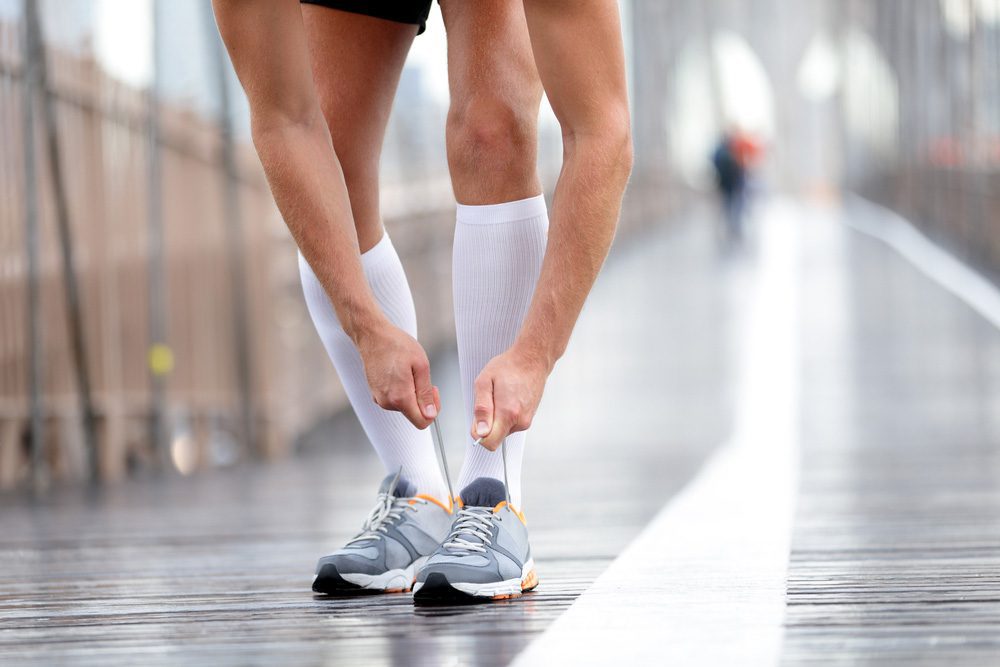 If you want compression socks to work, they need to fit well. On the packaging, each maker will include a size guide, which makes it easy to find the right fit.
If you want compression socks to work, they need to fit well. On the packaging, each maker will include a size guide, which makes it easy to find the right fit.
Both the foot measurement and the calf measurement should line up with the size of your shoes. Your socks should fit well, but not too well.


